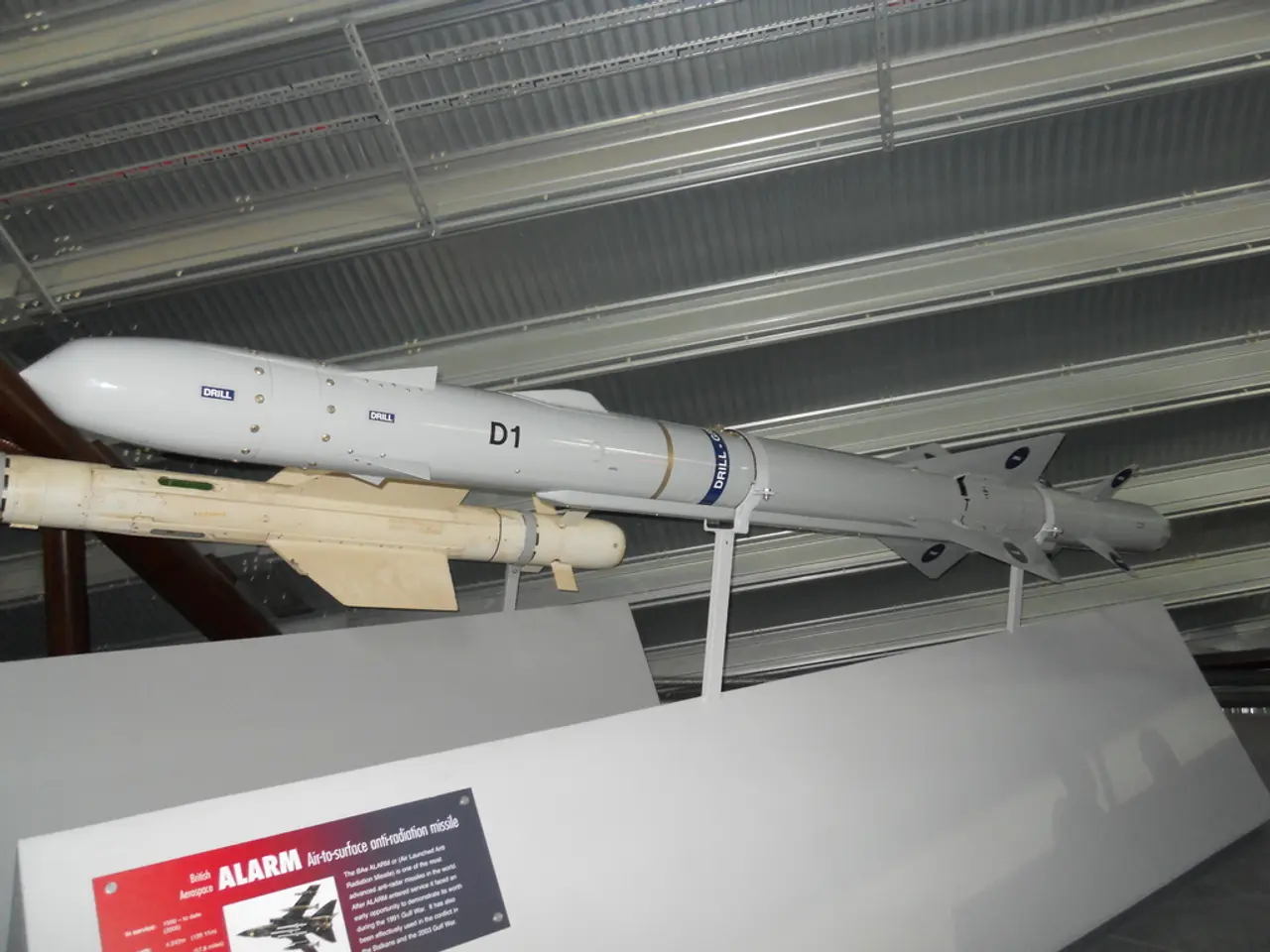Lockheed Martin's PrSM Passes Initial Tests, Expanding Army's Long-Range Strike Capabilities
The Precision Strike Missile (PrSM) Increment 1 has successfully completed its Initial Operational Test and Evaluation (IOT&E) at White Sands Missile Range in New Mexico. The test involved firing four rounds at targets 200 kilometers away, meeting all performance objectives.
The PrSM, developed by Lockheed Martin's Missiles and Fire Control division, is designed to replace the aging Army Tactical Missile System (ATACMS). It is central to the Army's long-range fires modernization program. The missile is designed with an open-systems architecture and modular components, allowing for upgrades and extended-range variants. This adaptability and cost efficiency are key features of the PrSM program.
The test results were promising. Initial lethality assessments indicated nominal performance, clearing a key hurdle toward full-rate production and fielding. The missile demonstrated excellent range, trajectory, accuracy, and height-of-burst, meeting all objectives. Once deployed, the PrSM is expected to expand ground-force reach against high-value targets traditionally struck with long-range cruise missiles and strike aircraft.
Maj. Gen. Frank Lozano praised the successful test as a result of hard work and strong partnership between the Army and industry partners. The PrSM, launched from M270A2 and HIMARS rocket launchers, is poised to alter how joint forces conceive of deep strikes and integrated fires. Its successful IOT&E brings it one step closer to full-rate production and fielding, marking a significant milestone in the Army's long-range fires modernization.








